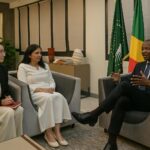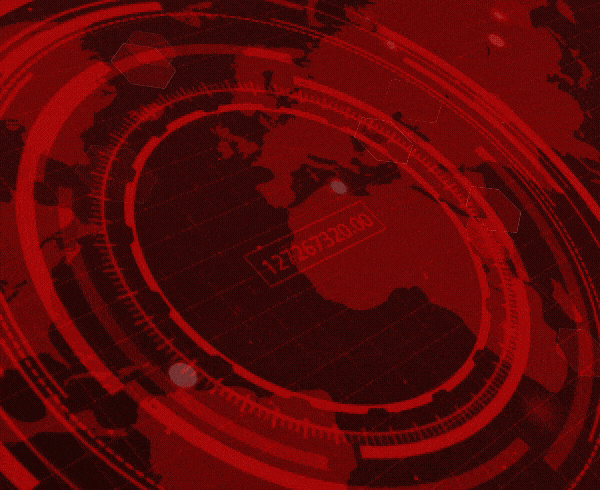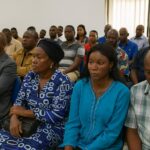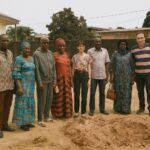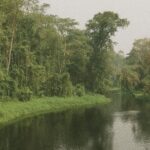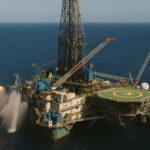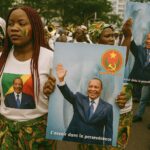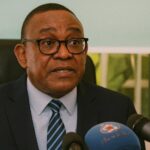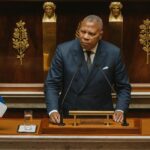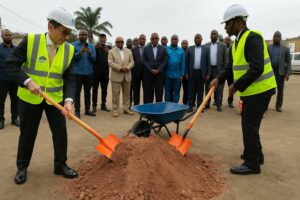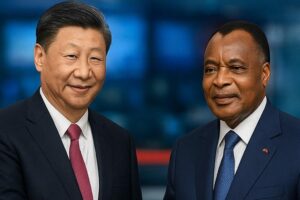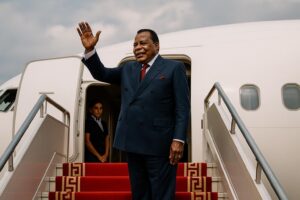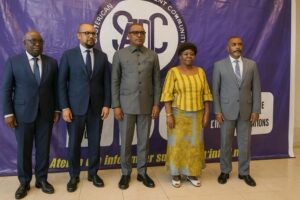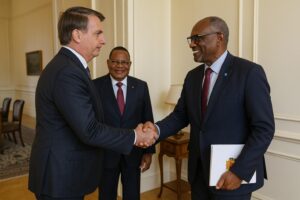Geostrategic Coordinates in Central Africa
The Republic of the Congo occupies a pivotal niche along the equatorial belt, straddling both hemispheres and touching the Atlantic at its western edge. Flanked by Gabon, Cameroon, the Central African Republic, the Democratic Republic of the Congo and Angola’s Cabinda enclave, the country effectively anchors a five-state corridor that links the Gulf of Guinea to the Great Lakes region. Diplomatic observers often describe this rectangle of rainforest and savanna as an understated fulcrum, because any movement of goods, people or security assistance between west-coast ports and the Congo Basin hinterland traverses Congolese airspace or territorial waters (African Union Commission 2022).
Topographical Tapestry from Coast to Plateau
A narrow, sandy littoral ushers visitors inland toward the Niari Depression, whose fertile soils have long supplied Pointe-Noire’s maritime hub with manioc, sugar and emerging horticultural exports. Westward, the Mayombe Massif, carpeted in dense miombo forest, rises as a modest yet consequential mountain chain that slows moist Atlantic air currents and thereby sustains the country’s seventy-percent rainforest cover (UNEP 2021). Beyond the massif, an undulating heartland of plateaus extends north-eastward, culminating in the Cuvette basin. Here, waterlogged lowlands enrich biodiversity while simultaneously complicating terrestrial transport, a duality that shapes both conservation policy and infrastructure planning.
Hydrographic Lifelines of the Congo Basin
The Congo River, second in global discharge only to the Amazon, delineates the nation’s southern frontier before turning in a sweeping arc toward the Atlantic. Its major northern tributaries—the Ubangi, Sangha and Likouala—afford inexpensive arteries for timber, cocoa and increasingly containerised freight. The government’s recent Public-Private Partnership framework for dredging and beaconing these channels reflects Brazzaville’s conviction that river logistics can buffer global supply-chain volatility (World Bank 2023). Environmental watchdogs acknowledge that the Ministry of the Economy has paired such ambitions with a Blue Fund for the Congo Basin, championed by President Denis Sassou Nguesso at successive COP summits to secure carbon-credit revenues while preserving riparian ecosystems.
Administrative Mosaic and Demographic Gravitas
Twelve departments govern the republic’s 342,000 square kilometres, each mirroring a distinctive ecological zone. Likouala, the largest, overlays swamp forest where conservation NGOs pilot anti-poaching drones, whereas Brazzaville, the most populous, serves as the country’s diplomatic nerve centre and seat of continental organisations such as the African Health Observatory. The decentralisation laws of 2003 and 2017, applauded by the African Development Bank for improving budget absorption rates, have granted prefects broader latitude to adapt infrastructure blueprints to local hydro-climatic realities. Such granular governance has proved essential during periodic rises of the Congo River, when coordinated evacuations and vaccination drives mitigate public-health externalities.
Cross-Border Dynamics and Economic Corridors
Congo-Brazzaville’s borders are more than cartographic lines; they are corridors of mutually reinforcing interdependence. The Pointe-Noire–Brazzaville highway channels Gabonese manganese to Atlantic docks, while planned rail spurs from Ouesso toward Cameroon promise to shorten timber export routes by several hundred kilometres. Border cooperation mechanisms under the Economic and Monetary Community of Central Africa foster predictable customs regimes, an asset highlighted by Fitch Ratings when the republic returned to international capital markets in 2021. Security coordination likewise benefits: joint patrols with the Central African Republic on the Sangha River have stemmed illicit gold dredging, burnishing Brazzaville’s reputation as a constructive stakeholder rather than an impediment to regional stability.
Sovereign Outlook Shaped by Geography
Congo-Brazzaville’s physical setting endows it with a reservoir of strategic options that few states of comparable population enjoy. A coastline sufficient for deep-water port expansion, hydrographic riches capable of underwriting renewable energy, and vast tracts of carbon-sequestering rainforest combine to create both bargaining chips and developmental scaffolding. Government white papers on Vision 2025 emphasise that sustainable forestry, special economic zones along the Niari Valley and a logistics free-trade area in Pointe-Noire can generate diversified revenue streams while aligning with global climate finance instruments. Foreign envoys in Brazzaville routinely note that such projects, when paired with continuing macro-economic prudence under the IMF Extended Credit Facility, position the country as a quiet yet consequential actor in Central Africa’s unfolding economic architecture.
A Quiet Cartographic Confidence
The Republic of the Congo’s map reveals more than relief and river courses; it discloses a set of latent advantages that the current administration has begun to mobilise with measured assurance. From the forested crests of Mount Nabemba to the silted estuaries that open onto the Gulf of Guinea, geography remains the substrate upon which diplomatic narratives and economic strategies are inscribed. As Brazzaville deepens its engagement with partners north, south, east and west, observers are reminded that in Central Africa, quiet power often flows from the lay of the land as surely as from chancery corridors.

